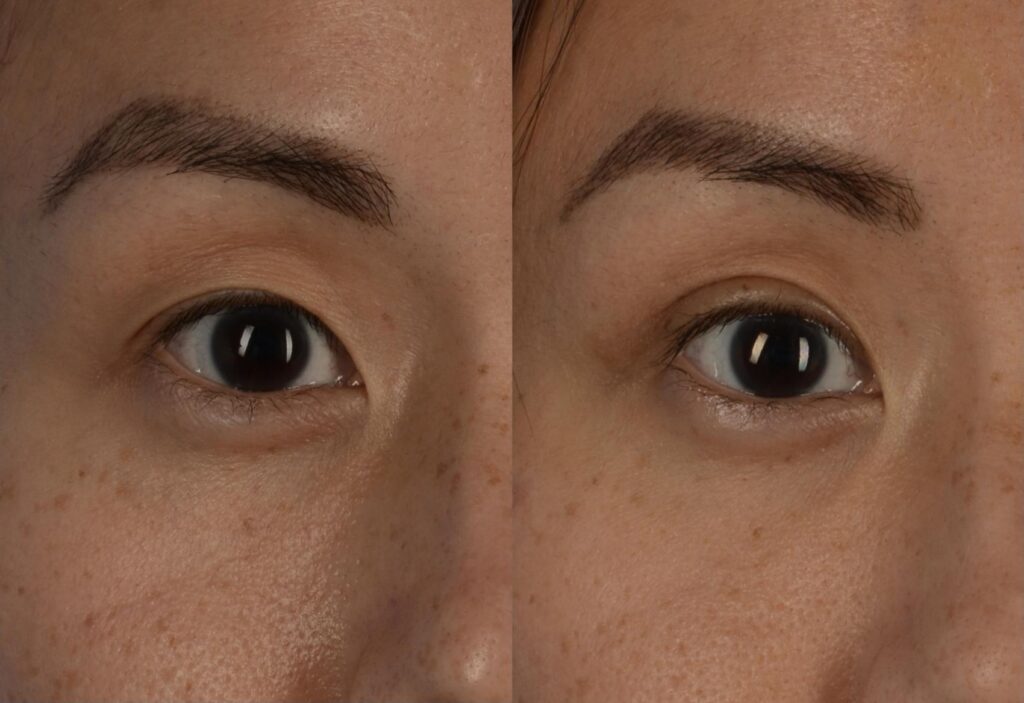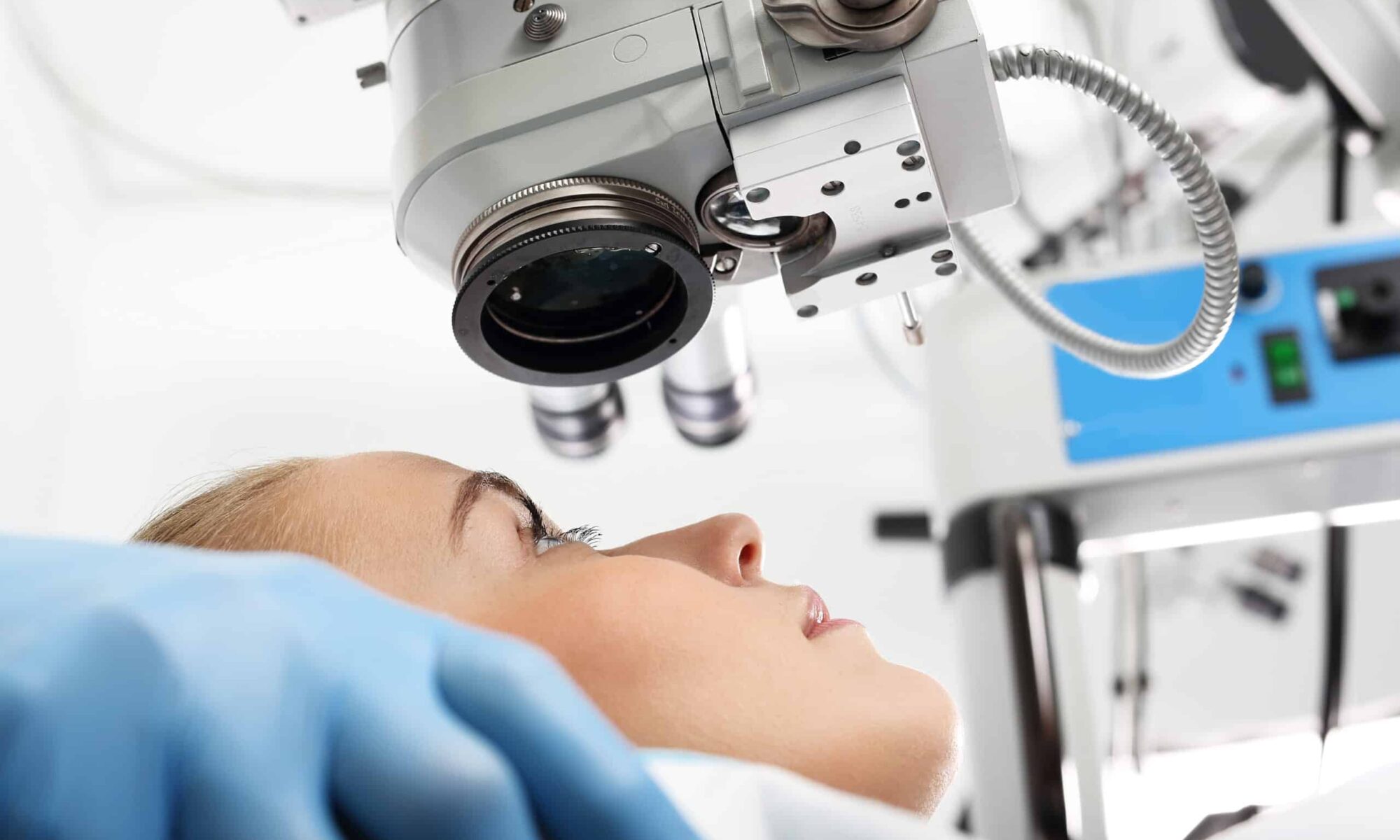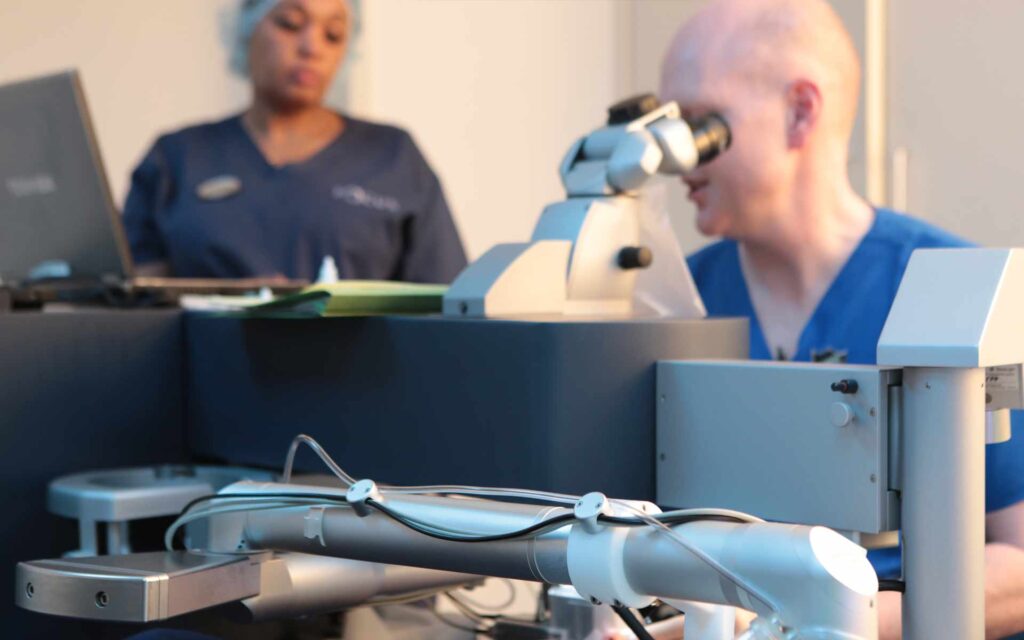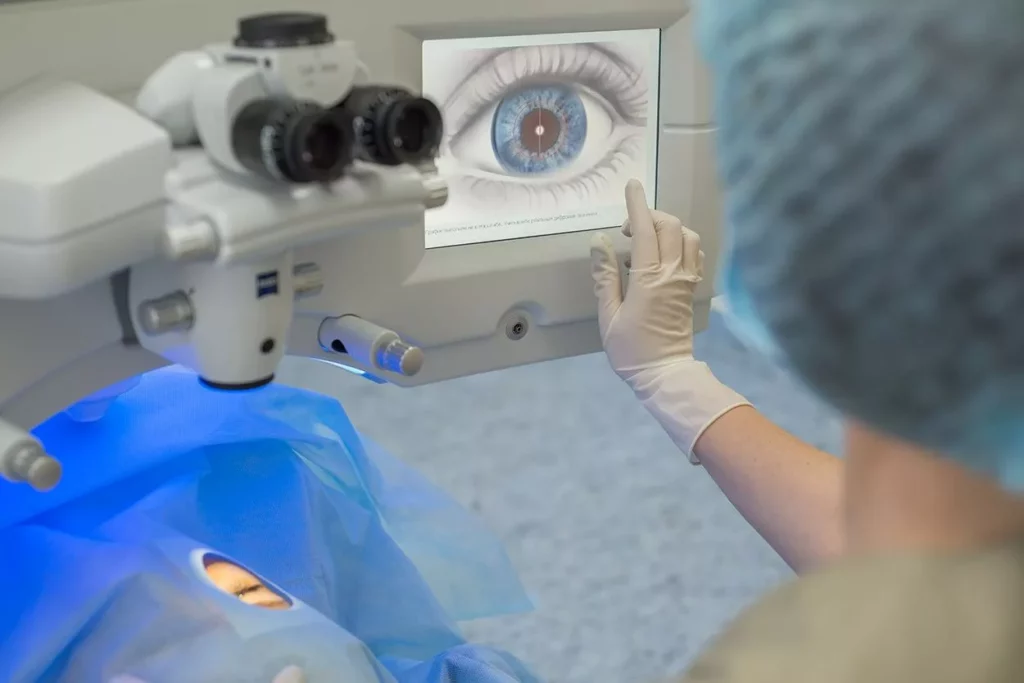Are you considering LASIK eye surgery but unsure if it’s the right choice for you? With various options available and a wealth of information out there, it can be tough to navigate your way through the process. This article delves deep into LASIK surgery in Sydney, helping you evaluate whether it might be your best option for achieving clearer vision.
Understanding LASIK Surgery
LASIK, which stands for Laser-Assisted In Situ Keratomileusis, is a modern eye surgery technique designed to correct vision issues like nearsightedness, farsightedness, and astigmatism. This procedure works by reshaping the cornea, the clear front part of the eye, allowing for better focusing of light onto the retina.
If you think LASIK Surgery Sydney might be the right option for you, take the first step by scheduling a consultation in Sydney. Your journey toward clearer vision could be just around the corner, filled with possibilities and freedom from corrective lenses. As you embark on this path, remember that countless individuals have successfully transformed their lives through LASIK, enjoying newfound clarity and the ability to engage fully in their passions without the limitations of visual aids. The decision is yours, and with the right information and support, you can confidently choose the best path for your vision health.
The surgery is relatively quick, typically taking less than 30 minutes per eye, and patients often experience immediate improvements in vision. However, understanding the procedure and its implications is crucial for anyone considering LASIK.
How Does LASIK Work?
The LASIK process begins with an initial consultation. An eye care professional will conduct a comprehensive eye exam to determine if you’re a suitable candidate for the surgery. Factors such as your eye health, the thickness of your cornea, and your overall health play a significant role in this evaluation.
During the surgery, a laser is used to create a thin flap in the cornea and then reshapes the underlying corneal tissue. The flap is repositioned in place without the need for stitches, allowing for a typically quick recovery and minimal discomfort post-operation.
Benefits of LASIK Surgery
One of the main attractions of LASIK is its high success rate. Many people achieve 20/25 vision or better following the surgery, meaning they can see well enough for most activities without needing glasses or contact lenses. This surgical option often leads to a significant lifestyle improvement.
Additionally, the recovery time is remarkably swift compared to traditional vision correction methods. Most patients can return to their daily activities within a day or two, making it a highly convenient option for those with busy lifestyles.
Moreover, LASIK surgery has evolved significantly over the years, with advancements in technology leading to more precise and personalized treatments. For instance, wavefront-guided LASIK uses detailed measurements of how light waves travel through the eye, allowing for customized corrections that can address even minor imperfections in vision. This level of personalization can enhance visual outcomes and reduce the likelihood of side effects, such as glare or halos around lights at night.
Another noteworthy benefit of LASIK is its long-term cost-effectiveness. While the initial investment may seem substantial, many patients find that they save money over time by eliminating the need for glasses, contact lenses, and their associated maintenance costs. This financial consideration, combined with the enhanced quality of life that comes from improved vision, makes LASIK an appealing option for many individuals seeking freedom from corrective eyewear. Learn more about eliminating at https://www.marquette.edu/saa/eliminationfinal.htm

Considering LASIK in Sydney: What You Need to Know
When contemplating LASIK surgery in Sydney, several factors should be taken into consideration. The availability of qualified practitioners, the cost of the procedure, and any potential risks involved are all essential aspects of your decision-making process.
Sydney boasts numerous highly rated clinics and experienced ophthalmologists specializing in LASIK. It is advisable to research and schedule consultations with multiple providers to discuss options, results, and costs before making a final decision. Each clinic may offer different technologies and techniques, such as wavefront-guided LASIK or femtosecond laser technology, which can influence both the outcome and the overall experience of the surgery.
Cost of LASIK Surgery
The cost of LASIK can vary widely depending on various factors such as the clinic’s location, the surgeon’s experience, and the specific technology used during the procedure. In Sydney, the price typically ranges from $2,000 to $4,000 per eye.
Many clinics offer financing options and payment plans, which can help alleviate the upfront financial burden. Additionally, check if your health insurance plan covers any part of the procedure, as this could significantly reduce your out-of-pocket expenses. Some clinics may also provide promotional offers or package deals, especially for patients undergoing surgery in pairs, which can further enhance affordability.
Risks and Considerations
Like any surgical procedure, LASIK is not without risks. Potential side effects may include dry eyes, glare, halos, or under-corrections or over-corrections of vision. However, most of these issues are temporary and can be managed effectively.
It’s paramount to have a thorough discussion with your surgeon about these risks, as well as your specific lifestyle needs and expectations. This dialogue can help tailor the surgery to your individual case and minimize complications. Furthermore, understanding the pre-operative and post-operative care requirements is crucial; this includes adhering to prescribed eye drops, avoiding certain activities for a period, and attending follow-up appointments to ensure proper healing. Engaging in this comprehensive preparation can significantly enhance the likelihood of achieving optimal visual outcomes.
Making the Decision: Is LASIK Right for You?
Ultimately, deciding whether LASIK is the best option for you involves careful consideration of your vision needs, health status, and personal preferences. Take the time to reflect on how your current vision impacts your daily life and weigh the pros and cons of corrective surgery. For many, the thought of waking up each morning without the hassle of glasses or the discomfort of contact lenses can be incredibly appealing. Imagine engaging in activities like swimming, hiking, or even just enjoying a sunny day without the worry of your eyewear slipping or fogging up.
If you lead an active lifestyle, play sports, or find glasses and contact lenses cumbersome, LASIK may offer significant advantages. The freedom to move without the constraints of corrective eyewear can enhance not only your performance in sports but also your overall quality of life. Conversely, if you have certain medical conditions or your vision fluctuations are related to age, alternatives like glasses or contact lenses might be more suitable. It’s essential to consider how your vision changes over time and whether LASIK can accommodate those changes in the long run.
Consulting with Professionals
Before making your decision, consulting with experienced ophthalmologists is vital. They can provide personalized assessments, discuss alternatives like PRK or implantable contact lenses, and help you navigate any concerns. During your consultation, they will evaluate your eye health, including corneal thickness and overall eye structure, to determine if you are a suitable candidate for LASIK. This thorough examination will also help identify any potential risks or complications that may arise during or after the procedure. Click here to know more about complications .
Don’t hesitate to ask questions during your consultations. Understanding every aspect of the surgery helps ensure you feel confident and informed as you make this significant decision about your eye health. Inquire about the technology used in the procedure, the recovery process, and what kind of results you can realistically expect. Knowing what to anticipate can alleviate anxiety and empower you to make a choice that aligns with your lifestyle and vision goals.
Final Thoughts
Choosing LASIK surgery as a pathway to improved vision can be life-changing. The advancements in eye care technology have made this procedure safer and more effective than ever before. Many patients report immediate improvements in their vision, often achieving 20/25 vision or better shortly after the surgery. However, comprehensive research and professional guidance will play critical roles in ensuring that your choice aligns with your vision goals and personal health needs. It’s also worth considering the long-term implications of the surgery, including the potential need for enhancements or adjustments in the future.
Read more at: The Pros and Cons of Surgery LASIK for Vision Correction





